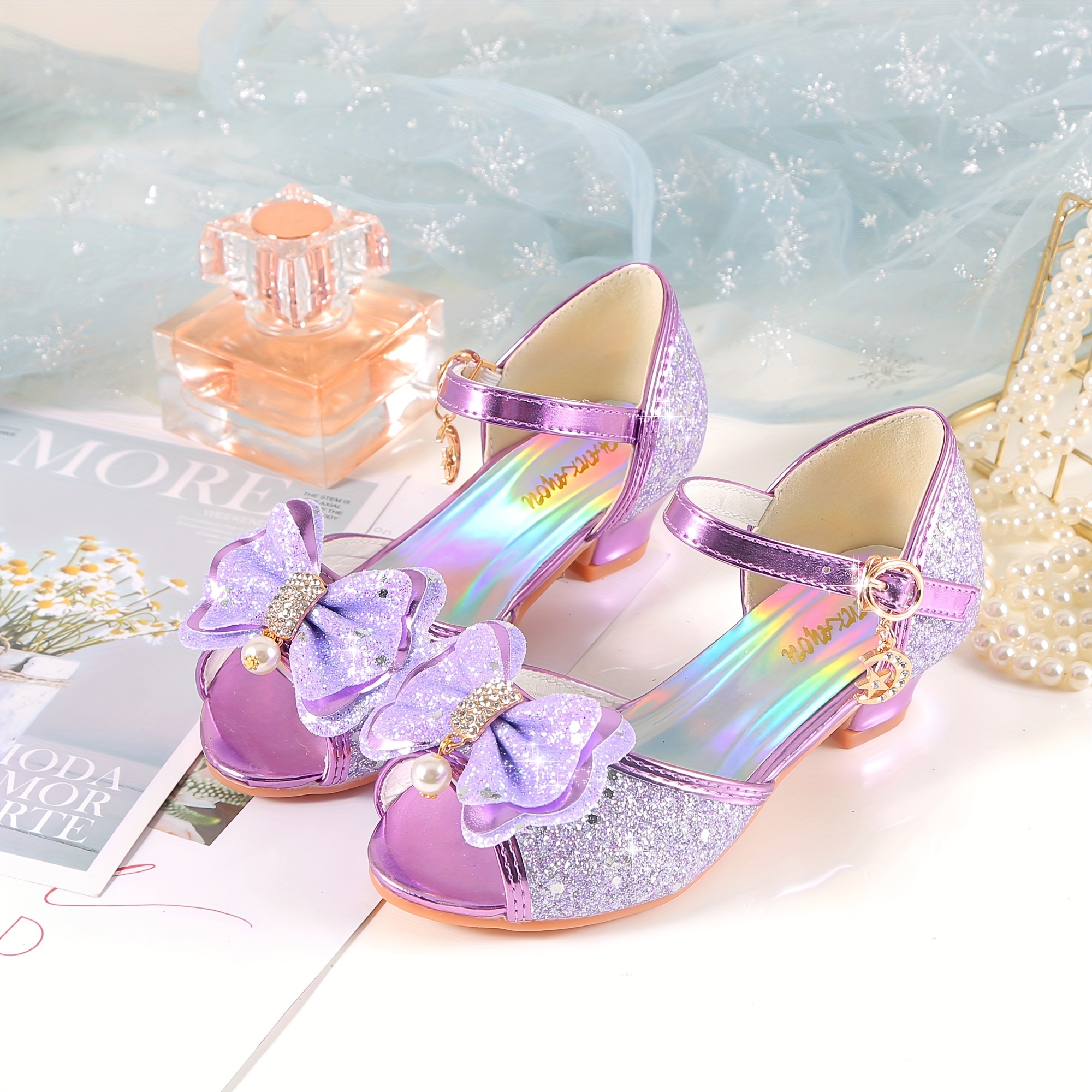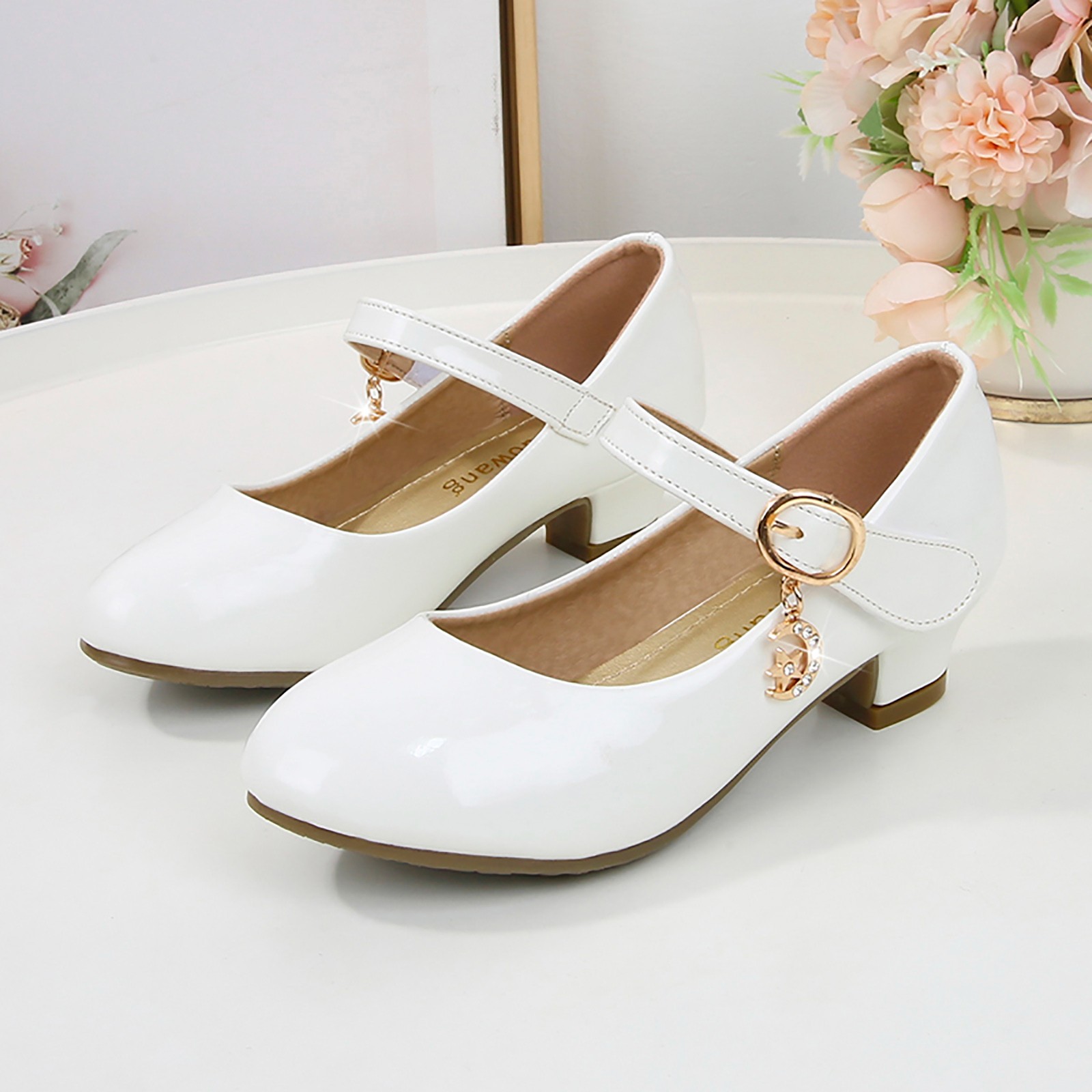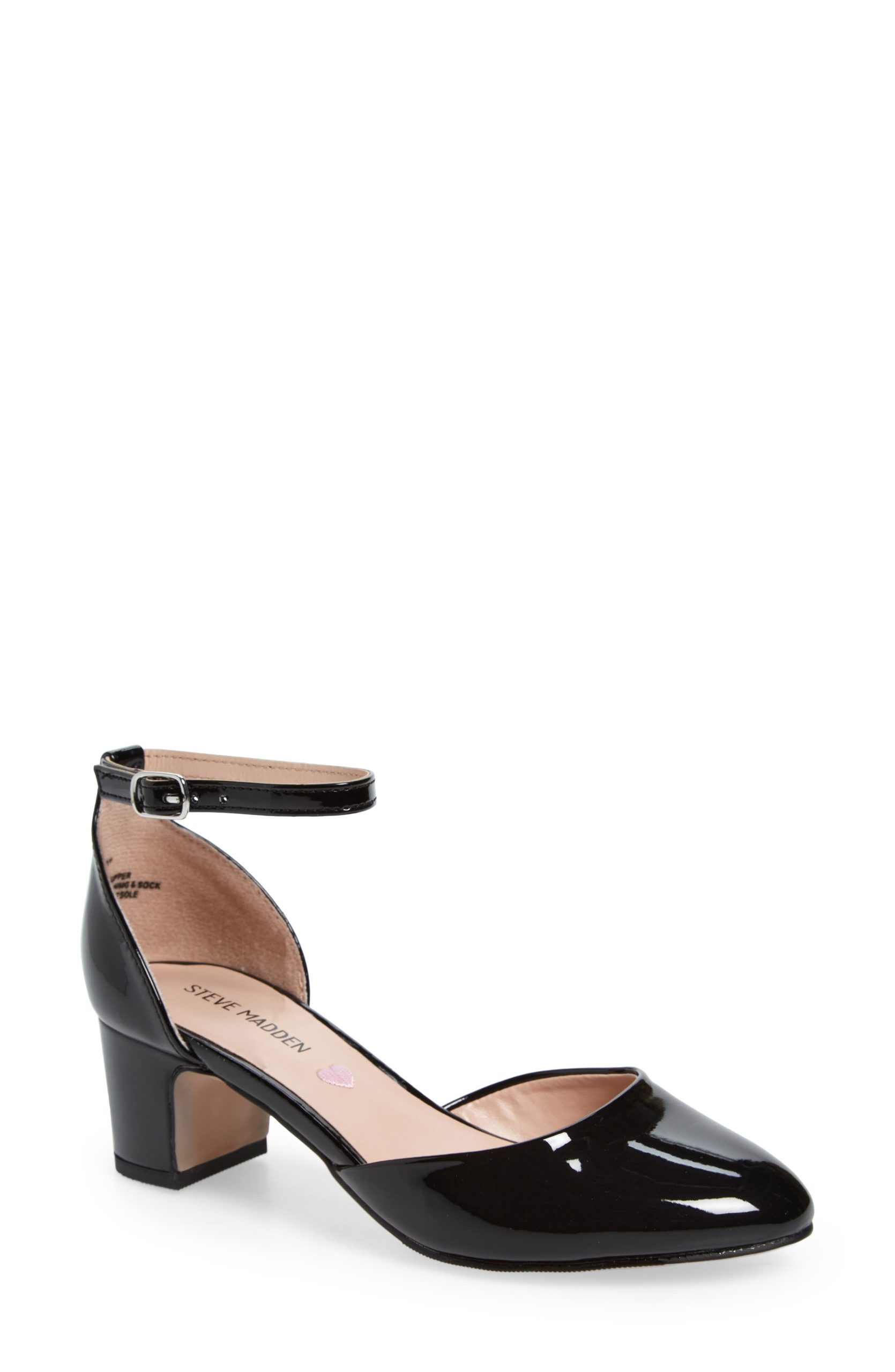Introduction
In the ever-evolving world of fashion, where trends are born and fade within seasons, a particular phenomenon has sparked heated debates among parents, pediatricians, and child development experts alike: the introduction of miniature high heels for kids. This trend, which mirrors adult fashion onto the tiny feet of children as young as two or three, has transcended from runway shows to mainstream retail, igniting discussions about the appropriateness, safety, and potential impacts on a child’s physical and psychological development.

The Glamorization of Childhood
At the heart of this controversy lies the question of whether dressing young children in high heels accelerates their entry into the realm of adulthood, robbing them of the innocence and freedom that childhood should afford. Critics argue that such attire sexualizes children prematurely, imposing societal expectations of beauty and femininity at an age when they should be exploring and playing freely, unburdened by such constructs. The concern here is that it fosters a culture that prioritizes appearance over playfulness and practicality.
Physical Health Considerations
Pediatric health professionals have raised significant concerns regarding the physical implications of toddlers wearing high heels. The developing foot of a young child is soft and pliable, easily susceptible to deformities when subjected to prolonged pressure or constriction. High heels can alter the natural gait, potentially leading to issues like muscle imbalances, poor posture, and even long-term foot problems like bunions and hammertoes. Furthermore, the lack of arch support and stability in these shoes increases the risk of slips, trips, and falls, a major safety hazard for young, unsteady walkers.
Psychological Impact
Beyond the physical risks, there’s a broader conversation about the psychological effects of introducing fashion trends that emphasize appearance so early in life. Critics argue that encouraging toddlers to prioritize style over comfort may contribute to the development of negative body image, self-consciousness, and a fixation on external validation. It may also set unrealistic beauty standards, potentially impacting a child’s self-esteem and influencing their perception of what is necessary to fit in or be considered attractive.
Parental Responsibility and Choice
Amidst the criticisms, proponents of toddler high heels argue that it’s ultimately a matter of parental choice and personal expression. They suggest that allowing children to experiment with different forms of dress-up can be a harmless form of imaginative play, fostering creativity and individuality. Parents who choose these shoes often do so with the intention of indulging their child’s fascination with grown-up attire, seeing it as a fun and innocent form of dress-up rather than a permanent lifestyle choice.
As the debate continues, it’s crucial for parents to weigh the potential consequences against the desire to indulge their child’s fashion whims. A balanced approach might involve opting for more child-appropriate alternatives that mimic the aesthetic of high heels without the health hazards—such as soft, flexible play shoes with adorned straps or glittery flats. Encouraging children to explore their style preferences within safe and comfortable boundaries can strike a healthy balance between fostering creativity and ensuring their overall wellbeing.

Cultural and Social Factors
The prevalence of miniature high heels in children’s fashion also reflects deeper cultural and social dynamics. In many societies, fashion choices for children mirror adult trends as a means of social status symbolization or to reflect familial values and aspirations. Parents who dress their toddlers in high heels might be influenced by celebrity culture, where images of young children dressed as mini adults frequently grace magazine covers and social media feeds. This exposure can create a perception that such attire is not only acceptable but desirable, reinforcing societal beauty standards and further fueling the demand for such products.
Media Representation and Influence
Media plays a pivotal role in shaping perceptions around toddler fashion, including the use of high heels. Advertisements, TV shows, and social media influencers showcasing children in fashionable yet controversial attire contribute to normalizing these trends. It is imperative for media outlets and advertisers to consider the responsibility they hold in portraying age-appropriate attire and promoting positive messages about childhood, emphasizing play, exploration, and safety over aesthetics borrowed from adult fashion.

Educating Consumers
To address the concerns surrounding toddler high heels, there needs to be a concerted effort in educating consumers—parents and caregivers alike—about the potential harms associated with such fashion items. This can include collaborations between pediatric associations, consumer protection groups, and fashion retailers to provide clear guidelines and information on appropriate footwear for young children. Retailers could promote healthier alternatives and prioritize safety features in their children’s shoe collections, steering away from designs that compromise a child’s physical development.
Empowering Children’s Voices
In the midst of this debate, it’s essential to remember that children have their own preferences and agency. Encouraging open conversations with children about what they find comfortable and enjoyable to wear can foster autonomy and self-expression while keeping their best interests at heart. Parents can empower their children by involving them in selecting outfits that balance personal taste with functionality, teaching them the importance of both style and practicality from an early age.
Ultimately, the rise of miniature high heels in toddler fashion underscores the need for ongoing dialogue surrounding the intersection of childhood, fashion, and societal norms. As trends come and go, the priority must remain on nurturing children’s physical health, emotional resilience, and self-confidence, ensuring that the innocence and joy of childhood are preserved amidst the glitter and glamour.

In Conclusion
The trend of miniature high heels in toddler fashion is a complex issue that intertwines cultural norms, parental choices, and the influence of media and advertising. While it may seem innocuous as a form of playful dress-up, the potential long-term impacts on a child’s physical health, psychological wellbeing, and perception of self cannot be ignored. Moving forward, a balanced approach that prioritizes children’s safety, comfort, and overall development is vital. By promoting informed decision-making, fostering age-appropriate fashion choices, and engaging in constructive dialogue, we can ensure that the world of fashion enriches, rather than impedes, the joyful experiences of childhood.

